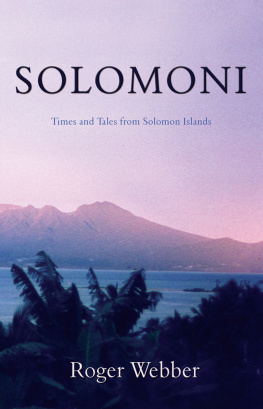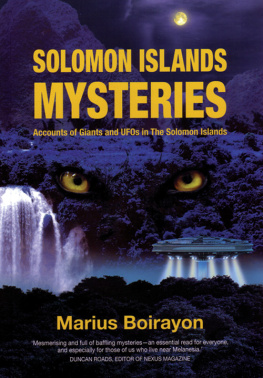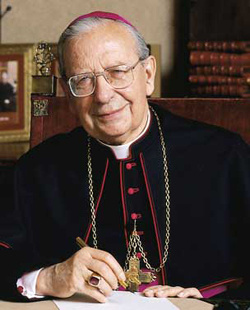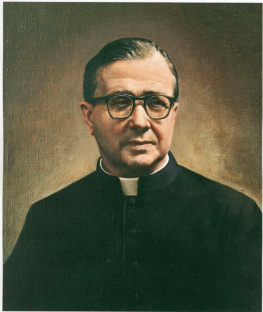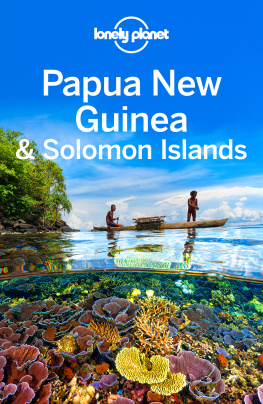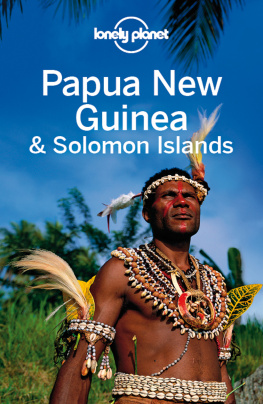First published by Ashgate Publishing
Published 2016 by Routledge
2 Park Square, Milton Park, Abingdon, Oxon OX14 4RN
711 Third Avenue, New York, NY 10017, USA
Routledge is an imprint of the Taylor & Francis Group, an informa business
All rights reserved. No part of this book may be reprinted or reproduced or utilised in any form or by any electronic, mechanical, or other means, now known or hereafter invented, including photocopying and recording, or in any information storage or retrieval system, without permission in writing from the publishers.
Notice:
Product or corporate names may be trademarks or registered trademarks, and are used only for identification and explanation without intent to infringe.
Founded in 1846, the Hakluyt Society seeks to advance knowledge and education by the publication of scholarly editions of primary records of voyages, travels and other geographical material. In partnership with Ashgate, and using print-on-demand and e-book technology, the Society has made re-available all 290 volumes comprised in Series I and Series II of its publications in both print and digital editions. For information about the hakluyt Society visit www.hakluyt.com.
ISBN 13: 978-1-4094-1374-5 (hbk)
Publishers Note
The publisher has gone to great lengths to ensure the quality of this book but points out that some imperfections from the original may be apparent.
works issued by
The Hakluyt Society
THE DISCOVERY
of
THE SOLOMON ISLANDS.
SECOND SERIES.
No. VII.
THE DISCOVERY
of
THE SOLOMON ISLANDS BY ALVARO DE MENDAA
in 1568 .
TRANSLATED FROM THE ORIGINAL SPANISH MANUSCRIPTS.
Edited, with Introduction and Notes,
by
lord amherst of hackney ,
and
basil thomson .
VOL. I.
LONDON:
PRINTED FOR THE HAKLUYT SOCIETY.
london :
printed at the bedford press, 20 and 21, bedfordbury, w.c.
G 161 H15
(90)
Nearly thirty years having elapsed since the publication of these translations was first projected, a brief explanation of the delay is perhaps necessary. It was in 1863 that my attention was first called to Gallegos manuscript by the late Mr. Michael Kerney, to whom I am indebted, not only for scholarly help in the course of these translations, but also for advice in the formation of my library during the last forty years. Having acquired the manuscript from the late Mr. Quaritch, I showed it to my friend, the late Don Pascual de Gayangos; who, taking a keen interest in it, advised me to translate it for the Hakluyt Society, and himself looked over my translation, and compared my Spanish manuscript with the copy at Madrid.
Not long after, during his researches at the British Museum, Don Pascual de Gayangos came upon Catoiras manuscript (Additional MSS. 9,944), containing a more detailed account of the voyage, and publication was delayed until this manuscript could be translated. A careful transcript had first to be made. This very difficult task was undertaken by Mr. R. E. G. Kirk, who also assisted me in part of the translation, and his patience and skill may be judged from the specimen of the handwriting that he had to decipher, which is reproduced in Vol. II.
While my translations were in progress, I met Mr. C. M. Woodford (now H.M. Deputy Commissioner for the Solomon Islands), who was then on the point of leaving for the Pacific. He took out with him translations both of Gallegos and Catoiras narratives, and to him we are indebted for most of our notes, for the identification of the places visited by the Spaniards, and for many photographs taken specially for these volumes. It is unfortunate that his absence at the Antipodes prevented him from revising the notes and the Introduction before they went to press; for, with his high attainments as a naturalist and his unrivalled local knowledge, he would doubtless have been able to give us much additional information.
Gallegos narrative was also shown to my old friend, the late Admiral of the Fleet Sir Alexander Milne, who was kind enough to work out and lay down for me the course indicated in our track-chart of the voyage. The daily positions of the ships were also worked out independently by Mr. C. R. Chapman, Captain of my yacht, The Dream; and these, when laid down upon the chart, were found to correspond with Admiral Milnes track an important factor in determining the identity of the Isle of Jesus, the land first sighted by the Spaniards.
Meanwhile, Dr. Guppy published his important book on the Solomon Islands, and we had the opportunity of comparing his notes on the Spanish discoveries with the original narratives. Through the kindness of M. Lopold Delisle, Administrateur Gnral and Directeur of the Bibliothque Nationale in Paris, and the late M. Henri Michelant, Sous-Directeur of the Manuscript Department, I obtained a transcript of the anonymous manuscript in that library. I am deeply indebted to Sir Clements Markham for the great interest he has taken in the work from the beginning, and for lending me the two narratives printed in the Documentos Ineditos.
Having collected this material, I sought the forgiveness of the Hakluyt Society for the long delay, and found the Council still willing to publish the translations as one of their volumes. I have had the good fortune to secure the collaboration of my friend, Mr. Basil Thomson, through whose unremitting care and attention the work appears in its present form. I am also indebted to Miss Amalia de Alberti for work in translating and in examining originals; to my eldest daughter, Lady William Cecil, for her help as amanuensis, and to my daughter Margaret for her untiring patience in revising the translations and helping me to compare them with the Spanish originals.
Our thanks are also especially due to the Rev. R. H. Codrington, D.D., for many useful suggestions, and for the remarks upon the native languages which are incorporated in the Introduction; to the Rev. Henry Welchman, of the Melanesian Mission, whose recent return from Ysabel Island, after a long residence, has enabled him to give us much valuable information; to Colonel George Earl Church for identifying places on the Pacific Coast of America, and for information relating to Gallegos career; to Mr. J. Edge-Partington and Mr. C. V. Lucas for the loan of their photographs. One of the illustrations represents a number of Solomon Islanders, who were working on the Foulden plantation at Mackay on the Pioneer River, belonging to my late brother, Francis T. Amherst, M.L.A. of Queensland.
It will thus be seen that the delay of nearly thirty years has not been without advantage, since it has resulted in the acquisition of material which has only lately become accessible. It is a curious coincidence that this work should appear at the time when, by the Proclamation of October 6th, 1900, all the islands first discovered by the Spaniards have become a part of the British Dominions beyond the Seas.


